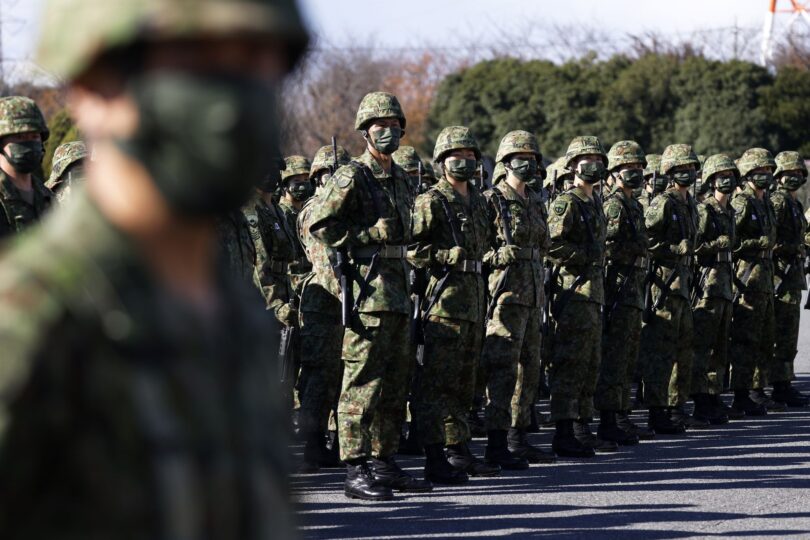David Narmania
Tokyo approved a new National Security Strategy and effectively put an end to the demilitarized status of the state. About what this promises to the neighbors of the Land of the Rising Sun – in the material of RIA Novosti.
Key decisions
The military policy of Japan is determined by three documents: the strategy of national security, national defense and the plan for ensuring defense capability.
In 2013, under Shinzo Abe, the first defense doctrine in 80 years was adopted. Prior to this, the authorities did not try to change the demilitarized status, fixed after the defeat in World War II.
It was Abe who began working to turn the “self-defense forces” into a full-fledged army. The Fumio Kishida government is taking this to the next level.
Response price
A provision was adopted on a counterattack: the army was given the right to hit enemy bases. The document notes that Tokyo will act if a strike on Japan has already been dealt or is imminent and there are no other means to prevent it. In addition, the use of force is limited to the necessary minimum.
Two percent of GDP is allocated for military spending – like in NATO (although Japan is not a member). It will be the third indicator in the world after the USA and China.
Japan’s defense budget this year is 5.37 trillion yen ($39 billion). In 2023 – 5.595 trillion. The two percent level is planned to be reached by 2027: 8.9 trillion yen (64.8 billion dollars).
In total, 315 billion dollars will be spent on the army in 2023-2027.
The Japanese themselves are not particularly happy about this. According to a Kyodo News poll, the rating of the current prime minister is 33.1 percent. At the same time, 65 percent were against the tax increase announced by Kishida, which will become a source of financing for the defense industry. And not only his own, but also the American one.
How to defend
One of the priority items of expenditure is missile weapons. Tokyo intends to modify its own Type 12 cruise missiles and purchase American Tomahawks with a range of up to 1,600 kilometers.
In addition, in addition to the Aegis missile defense system, the US will acquire a Patriot PAC-3.
F-35 fighters will also be purchased. And the destroyers-helicopter carriers “Izumo” and “Kaga” will be converted for aircraft.
Particular attention will be paid to cybersecurity: the staff will be increased to 20,000 people.
Friends and Enemies
The cornerstone of the new military strategy is the “doctrine of extended deterrence.” Japan relies on its main ally, the United States.
Washington is actively cooperating with Tokyo: now there are about 54,000 American troops on the islands, while there are about 250,000 in the Japanese self-defense forces. Japan remains the only foreign nation to host the US carrier group Fifth, whose flagship is the USS Ronald Reagan.
South Korea, India and Australia are also named as allies. China was identified as the main challenge in the light of a possible military solution to the Taiwan issue.
“The main result is that Tokyo will play a much greater role in containing Beijing and, as a result, spend more resources on it,” says Vasily Kashin, director of the HSE Center for Comprehensive European and International Studies.
Another threat is North Korea. In the past year, Pyongyang conducted more than 60 test launches, including three intercontinental ones.
Russia in Tokyo, as usual, was accused of “aggression against Ukraine”, “violation of international law” and “an attempt to challenge the world order.” But Moscow is not considered a threat specifically to Japan there.
At the same time, Tokyo does not renounce its claims to the South Kuriles – this is “Japan’s inalienable territory.” They want to return the islands through a peace treaty, which cannot be concluded in any way.
The diplomatic process was hampered by anti-Russian sanctions, adds Kashin. Therefore, Tokyo is increasingly “flexing its muscles” by launching remilitarization and making its army one of the leading in the world.







